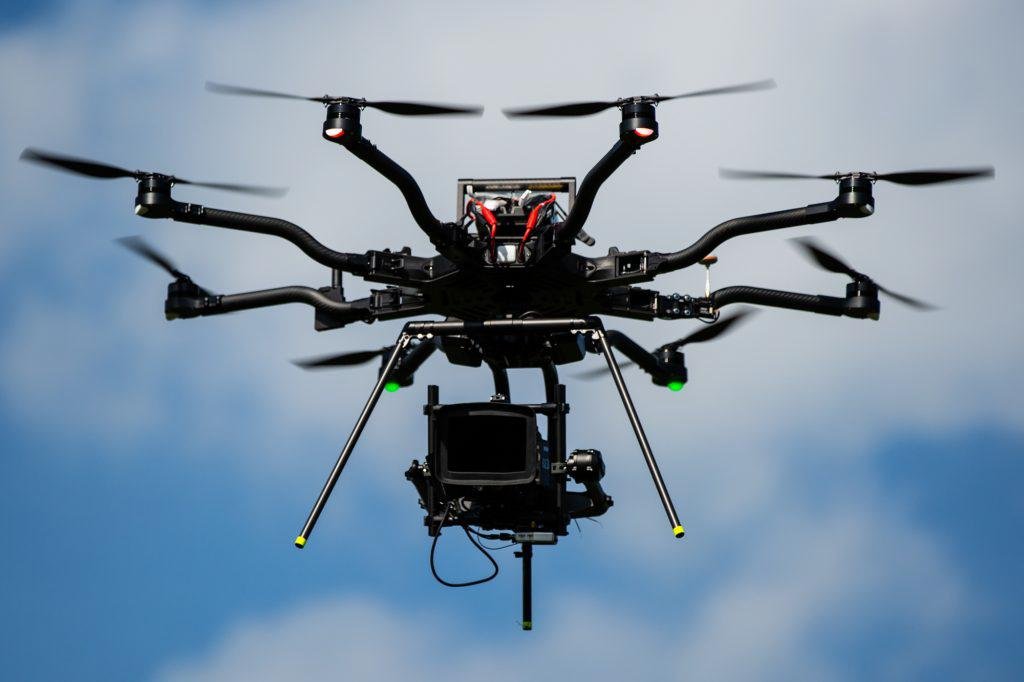Drones, also known as unmanned aerial vehicles (UAVs), consist of multiple components that work together to ensure smooth and efficient operation. Whether you’re a hobbyist or a professional, understanding the parts of a drone can enhance your flying experience and help in troubleshooting. Here’s an easy-to-read guide on the essential components of a drone.
| Component | Function | Importance |
|---|---|---|
| Frame | Holds all components | Structural integrity |
| Motors | Propel and stabilize the drone | Essential for flight |
| Propellers | Create lift and thrust | Directly affects flight dynamics |
| ESC | Regulate motor speed | Precision control |
| Flight Controller | Manages all aspects of flight | Brain of the drone |
| Battery | Powers the drone | Determines flight time |
| Sensors | Provide data on position | Navigation and stability |
| GPS Module | Enhances navigation | Precise positioning |
| Camera | Captures images and videos | Essential for aerial photography |
1. Frame
Overview:
The frame is the drone’s skeleton. It holds all other components of a Drone together and provides structural integrity.
Materials:
Frames are typically made from lightweight materials such as carbon fiber or plastic to minimize weight while maintaining strength.
Importance:
A sturdy frame is crucial as it supports the entire drone structure and impacts the overall performance and durability.
2. Motors

Overview:
Motors are critical for propelling the drone into the air. They control the speed and stability of the drone by adjusting the propellers.
Types:
Most drones use brushless motors because they are more efficient and last longer than brushed motors.
Function:
Each motor is connected to a propeller. By varying the speed of each motor, the drone can lift, descend, turn, and hover.
3. Propellers
Overview:
Propellers are the limbs of the drone, creating lift and thrust by spinning at high speeds.
Design:
They come in various sizes and shapes, which can affect the drone’s efficiency, speed, and noise level.
Tip:
Always ensure propellers are securely attached and undamaged before flight to avoid instability or accidents.
4. Electronic Speed Controllers (ESC)

Overview:
ESCs control the speed of the motors based on commands from the flight controller.
Function:
They regulate the amount of power that goes to the motors, helping to adjust the speed of each propeller.
Placement:
ESCs are typically mounted on the drone frame near the motors.
5. Flight Controller
Overview:
Considered the brain of the drone, the flight controller is responsible for every aspect of flight operations.
Capabilities:
It processes input from sensors, the pilot’s commands, and GPS data to adjust the drone’s behavior.
Advanced Features:
Some flight controllers come with built-in features like return-to-home, altitude hold, and stable hover.
6. Battery
Overview:
The battery provides the power needed for the drone to operate. Most drones use lithium-polymer (LiPo) batteries.
Capacity:
Battery capacity is measured in milliampere-hours (mAh), which affects how long the drone can fly on a single charge.
Maintenance:
Proper care and storage of batteries are vital for safety and longevity. Always use a battery specifically recommended for your drone model.
7. Sensors
Overview:
Sensors play a crucial role in the drone’s ability to navigate and stabilize.
Common Types:
Gyroscopes, accelerometers, and barometers are standard sensors that help the drone understand its position and orientation.
Advanced Sensors:
Some high-end drones are equipped with ultrasonic sensors, infrared, and vision sensors to enable obstacle avoidance and indoor navigation.
8. GPS Module
Overview:
GPS modules enhance the navigation capabilities of drones, allowing for precise positioning.
Function:
It is used for location tracking, autonomous flight paths, and geofencing to keep the drone within a designated area.
Accuracy:
GPS accuracy is vital for tasks like aerial photography, surveying, and mapping.
9. Camera
Overview:
Cameras are essential for drones used in photography and videography, providing real-time images and videos.
Quality:
Camera quality can vary significantly, with some drones equipped with 4K cameras and others with lower resolution options.
Gimbals:
A gimbal stabilizes the camera, ensuring smooth footage even during turbulent flights is much required Components of a Drone.








